Architecture CV: Efficient Guide with Useful Tips
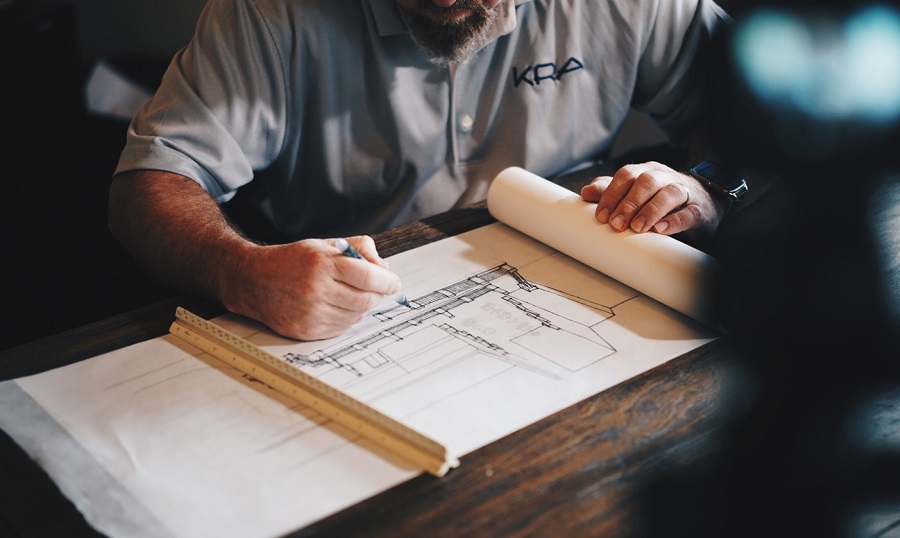
Apparently, making a CV for creative specialties is a tough thing. You have to make the right impression to land an interview; mention all your gained skills properly; pay attention to an educational basis as well. You can find ready templates of CV in architecture, searching through the Internet. But going “step-by-step” and putting all the efforts to organize a document, will bring you more success.
Step 1. Is the CV in Architecture Different for Students?
Definitely, not. Most students prefer to start working early, even without a degree. They have to get certain expertise in the profession, so they need to find a mentor. And taking a “hands-on” job is the best way to receive references on a CV.
Start with personal details. Include an actual phone number or email. If you are truly interested in this position, do not hesitate to double-check everything.
Another point is – briefly tell about yourself. The recruiter is not going to talk to hundreds of applicants. Think about it as a pre-interview, where you are already sitting in front of your employer. Because even with tons of amazing projects and strong educational profile, curriculum vitae is the first document to get to know you better. So, don’t rate yourself just embrace who you really are.
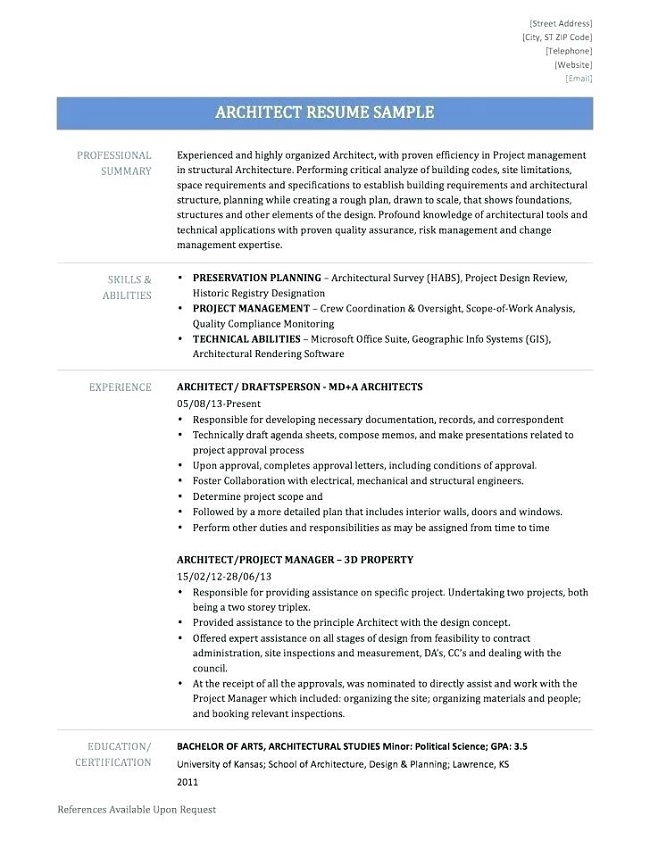
Step 2. Make an Impeccable Profile, Avoid Platitudes
The layout is not supposed to be complicated. Minimalism is still popular when it comes to a CV for an architecture project. Most designers use only different heights and weights of one font. You also may include an image, perhaps, of one of the recent works. The nice color scheme may be a decisive moment to pick up your candidacy.
Speaking about the profile, gather all your skills (preferably, marketable ones), experience and additional practices, then turn it into a short piece of text. You have to read it a few times and understand is it enough or not. There are a lot of cases when employers pay attention to the first sentences and don’t move forward. They simply save time.
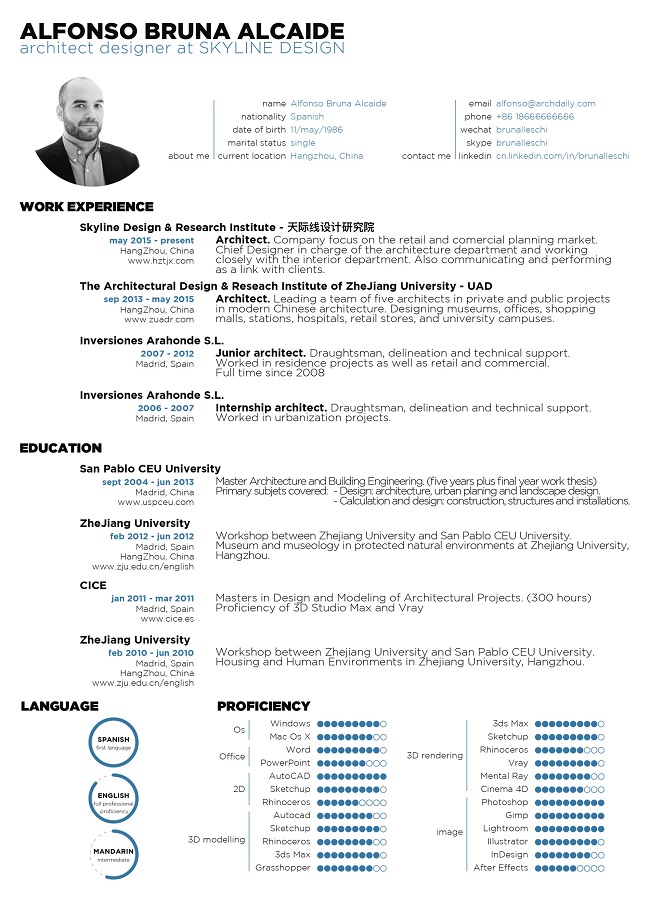
Step 3. How to Organize Work Experience?
Sounds too elementary – just put here the previous employment history. But people, engaged in too many projects, can make a mistake. They try to extend their document to 5-10 pages, which is unnecessary. No one is going to read about all your workplaces.
Respect the recruiter’s time and mention the most important positions. Then a CV will be quite more logic and the architecture career will not seem so far from you. The employer has to see a connection between the skills you’ve gained and mastered, and the job you were performing. Put the information from the latest to the earliest ones.
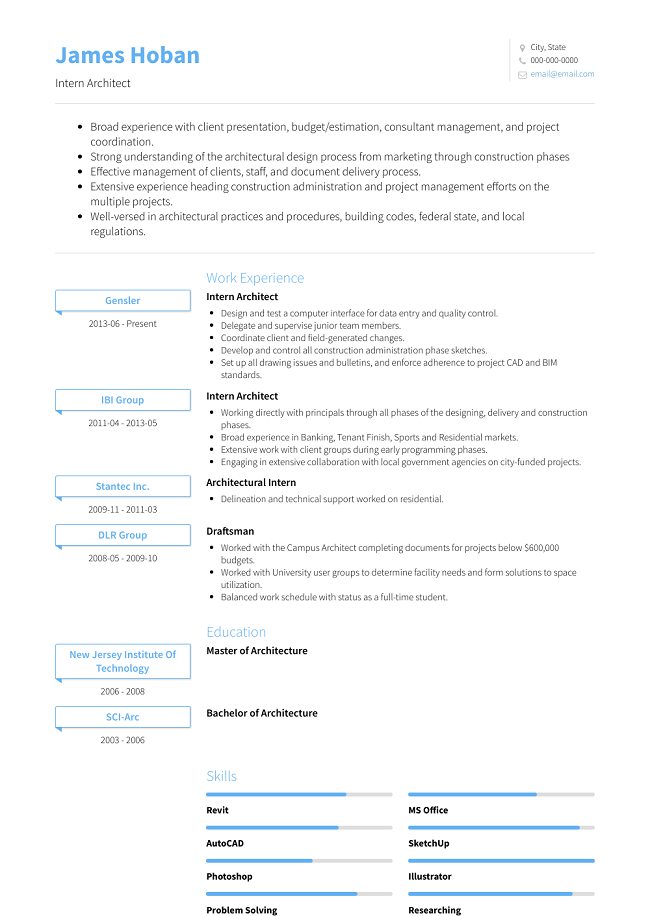
Step 4. Did You Take Part in Any Exhibitions? Use Them!
It is one of the substantial parts. If “Work” or “Education” is not a specified section, the exhibitions and personal projects are only part of creative professions. It shows your initiative, ability to contact important people and, maybe, even make a profit. Such a small part of the CV may decide the future job for you.
Here is the point – be careful with the organization. If it was a private collector, make sure you can use a name. Mostly, they want to stay in private, especially, if they exhibit some unique set. You can also shortly describe the goal of the presentation, for example, a charity event. Every detail makes sense.

Step 5. Completion
Always use a structure; CV is not a way to improvise. A dream job will not come without any of your efforts. Besides, you always need more time, than one day. Do not distract yourself or move the deadline. If it’s a decent position, the candidates will come quickly and there is no point to send CV last day. You can just miss the chance.
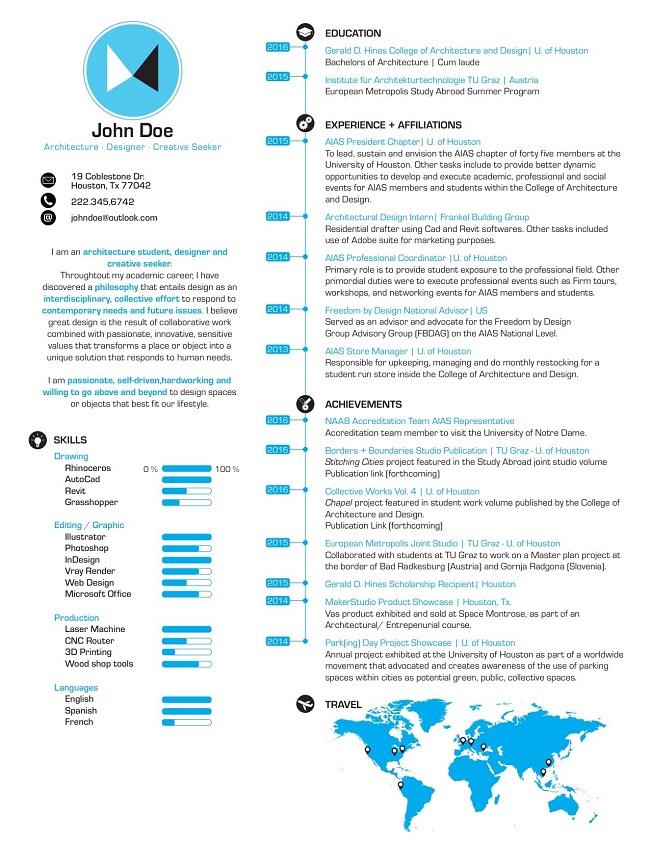
Even if not applying for work, writing a CV is an exercise to recreate the whole career path. And you shouldn’t forget about cover letter importance. Usually, the recruiters ask to send documents ASAP, so you may forget about something important. Make a draft of the essential projects; put them into chronological order. Now, whenever you need to submit a CV, you will not be in a rush.
Ready for new opportunities?
Apply for your New CV





